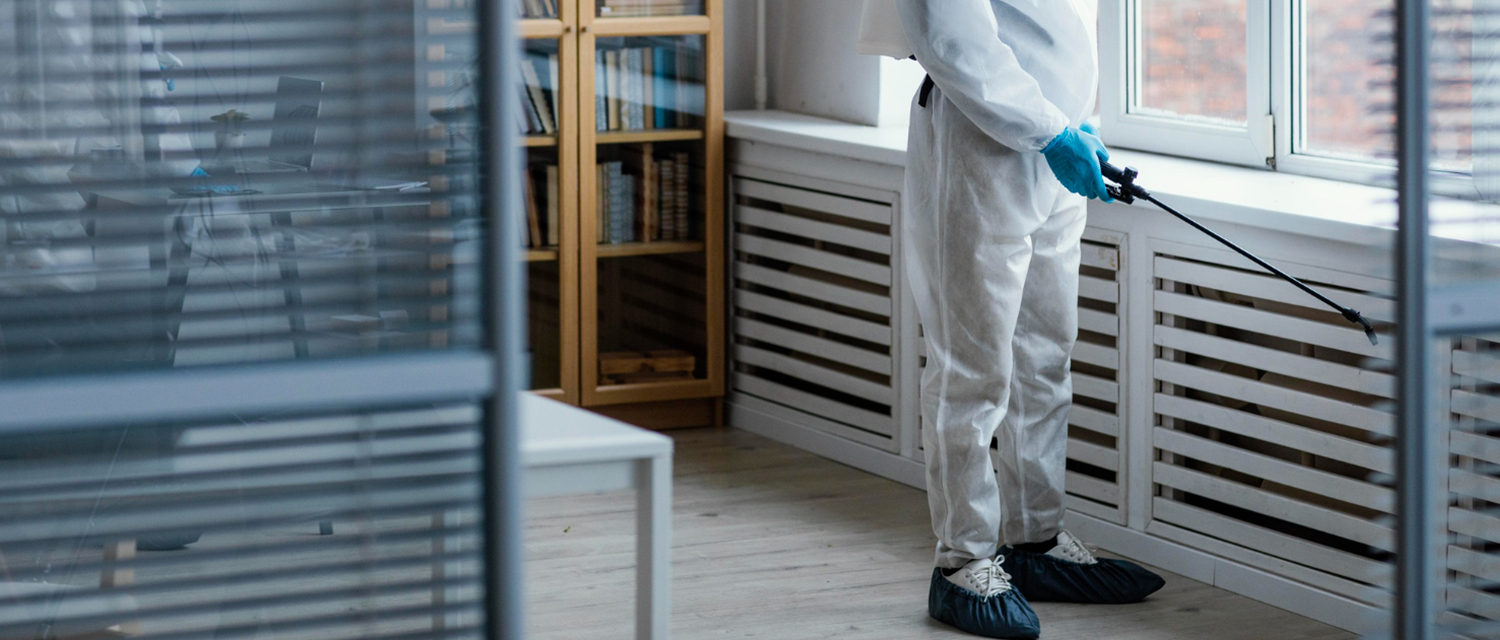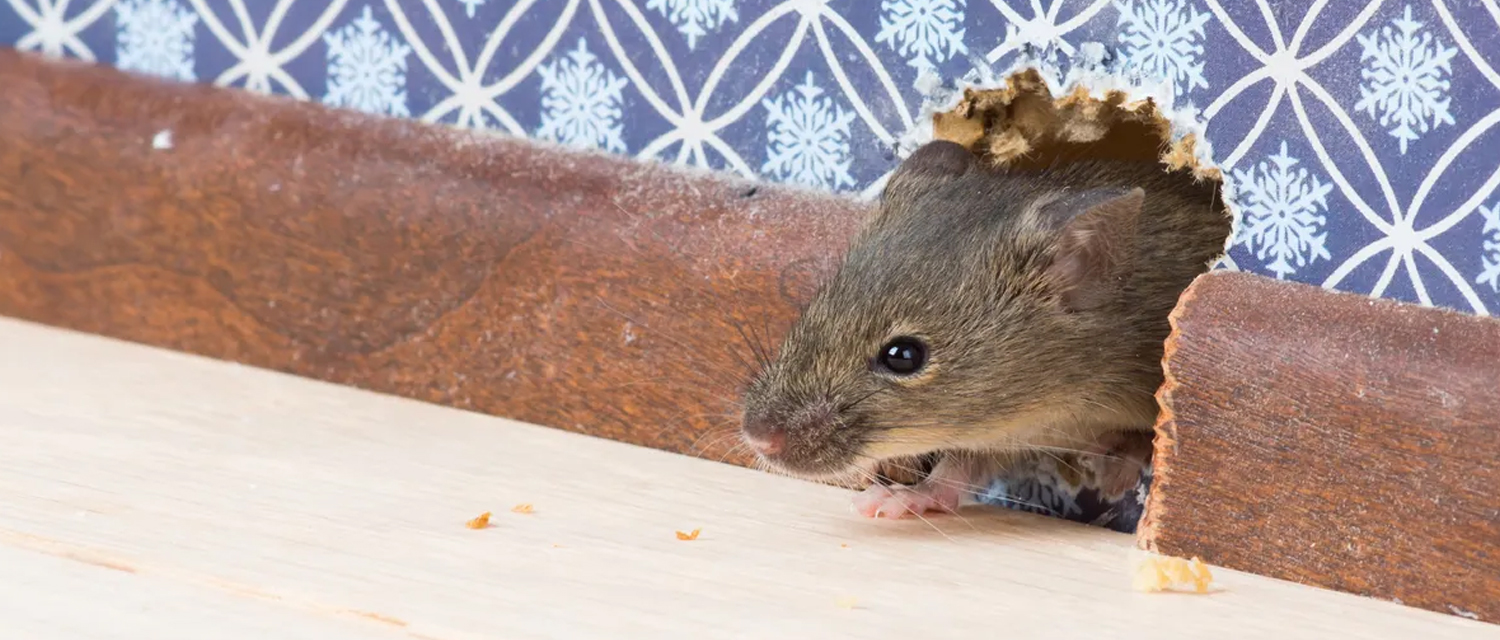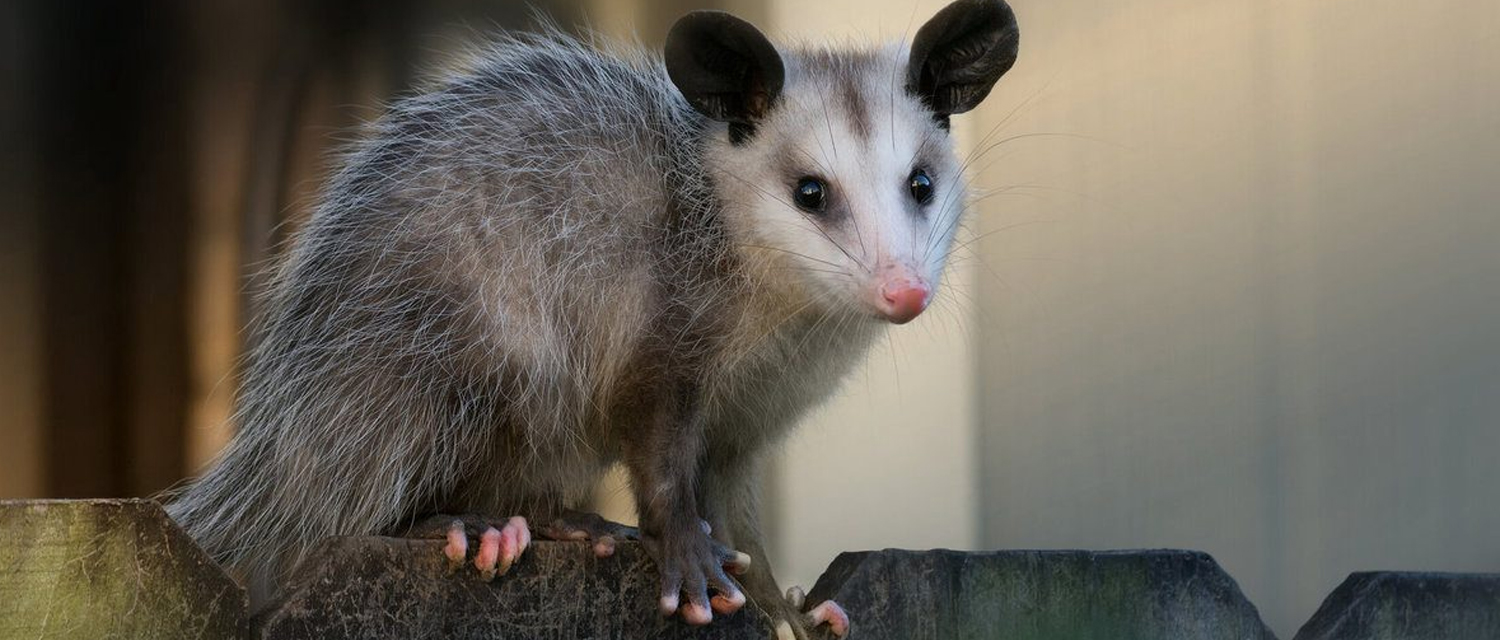How to Safely Remove Wasps from Your Australian Home: A Step-by-Step Guide
Families living in Australia know that wasps can be seen quite often in homes during the warmer time of the year. As beneficial insects, because they help to control pest insects of agriculture they can be a menace to human beings when they nest around homes. Wasps are not aggressive most times although they will sting when provoked or when they feel threatened. They are known to sting and, perhaps, cause allergic reactions which in turn pose a danger to human life.
Therefore, when seeking to evict a wasp nest from your home, some measures have to be taken to avoid getting stung. With the help of this encompassing guide, you will learn how to get rid of wasps in your Australian house, precautions, basic safety measures and recommendations.
Identifying Wasps and Their Nests
It is important to know that the insects around your home are wasps and also the kind of nest they have built before going for their removal.
Common Wasps in Australia:
Australia hosts a significant number of wasp species. The most common ones found around homes include:
- European Wasps: These are one of the most aggressive types, they are yellow and black striped. European wasps prefer to make their nest in hidden or protected areas like roofs, in cracks and crevices, under the eaves or in the attic and burrowed holes.
- Paper Wasps: Unlike European wasps, paper wasps are a little smaller in size, more slender and generally more laid back. They build their nests from several materials, but they use what resembles paper made from the pulp of wood that has been chewed by other termites.
- Mud Dauber Wasps: These wasps are relatively small in size, and they are solitary insects that may look rather unique since they build small mud nests. They will not stir the pot on most occasions unless provoked.
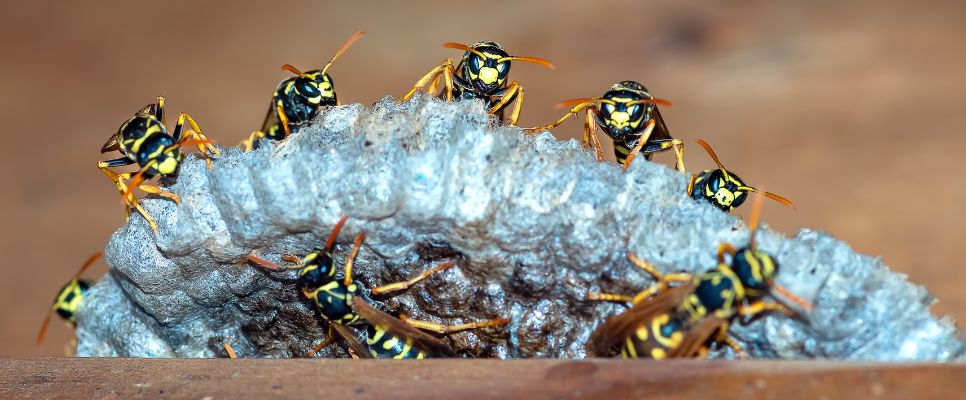
Assessing the Risk
So, knowing the threats is essential to study before you attempt to get rid of the wasp nest. The wasps can be quite aggressive in some cases, so by trying to get near them, one may end up with more than one sting. Consider the following safety measures:
- Allergy Concerns:
If anyone in your household is allergic to wasp stings it is necessary to call a professional. A sting from a wasp may cause fixed drug eruption, chronic selling, anaphylactic reactions that involve difficulty in breathing and even death. If you doubt your knowledge of the allergens, be safe and consult a professional.
- Nest Location:
The accessibility of the nest also depends on the location of the nest. Those built on tall branches of trees and roofs, particularly those under roof eaves, are difficult to implement safe nest removal without the appropriate tools. In the case that the nest is established at a remote or in a part of the house that poses a risk, then consultation with pest control companies is advised.
- Time of Day:
Wasps are less aggressive during the night or early morning with the cool temperatures to go with. These species are less productive during these times making it easier and safer to deal with their nests. They should not be removed during the day especially in the mid-morning or mid-afternoon since they are most aggressive.
- Protective Gear:
If you decide to remove the nest yourself, it’s important to wear protective clothing at all times. This infestation requires that one wear a long-sleeved shirt, long pants, gloves on the hand and on the face a veil or netting. Make sure that the gear is snug so it does not reveal any skin and keeps falling into place all the time.
Choosing the Right Time and Method
In the next stages, there shouldn’t be too much difficulty if you assess the possible risks that might occur with the process of nest removal, and are now ready to choose the most effective way to perform it. Here are some effective techniques for wasp removal:
1. Insecticide Spray:
The way to get rid of wasps was done most often with a specific type of spray insecticide. These sprays come with a long-range nozzle which makes it possible to apply the spray without coming into contact with the nest.
How to Use:
- This one requires a lot of strategy since wasps are most times aggressive during the day, especially in the afternoon but the best time is in the evening or early morning when most of the wasps are inside the nest.
- The insecticide should then be sprayed directly into the entrance from about 3 to 5 meters away from the affected nest.
- Make sure to read the label properly so that you know the correct way to apply it.
- Since it is an insecticide, withdrawal from the area being sprayed is advised to avoid being stung.
Post-Spay Care:
- After spraying the wasps you should avoid interfering with the nest for about 24 to 48 hours because all the wasps will die.
- If required, feel the nest to take a preliminary look at the presence of any living form inside the nest. If you are sure that it is not active, that is the best time to remove the nest to prevent any complications.
2. Soap and Water Solution
A better way is by using dish soap and water which starves the wasps to death. The soap clogs their breathing orifices so that they are suffocated to death.
How to Use:
- Bought dishwash soap that you use to soak your dishes and put it in a spray bottle to about 2-3 tablespoons.
- As a rule, choose the early morning hours or later in the evening to be able to reduce the activity of wasps around the nest.
- Wash the nest by giving it a proper spray with the developed soap solution until it doesn’t lack any part that has been hit by the soap solution.
Let the solution stay for a few hours to ensure it suffocates the wasps.
Post-Spay Care:
- Be sure there are no more wasps in the nest you are trying to get rid of. After this, it becomes fairly easy to get rid of the nest since the wasps in question are no longer active.
3. Wasp Traps
Such traps that are used to catch wasps can be effective in removing them in the long run if you do not have a huge swarm. Granulated food is also available as there are commercial wasp traps, or using a plastic bottle one can be constructed.
How to Use:
- To set a trap take a small plastic bottle and then peel off the top of the bottle and then turn it upside down and put some bait at the bottom.
- To get wasps, you need to hang the trap in unusual places within your store, away from regular traffic.
- To eliminate the captured wasps carefully place the stopper back on the bottle and then throw the container in the bin.
Effectiveness:
- The method proves more effective for few nests or individual wasps especially if compared to large colonies.
4. Smoke and Essential Oils
Smoke is said to help one get rid of the wasps since it hampers their ability to communicate. Some people use this method to calm wasps before they can be relocated but it is less effective than chemicals.
How to Use:
- Burn a small fire near the nest or use a smoker tool to smoke them.
- Another way is to add the same oils as peppermint or eucalyptus into the water and then spray this mixture around the nest to make wasps leave.
Effectiveness:
- However, the use of smoke and especially essential oils may help as a repellent but making it a tool to neutralize or remove large nests is even less effective.
Removing the Nest
Once the wasps are dead or have become dormant, the nest must be removed. Whether it’s a paper wasp nest or an underground nest, the process must be done carefully:
- Wear Protective Gear: If the wasps have seemingly disappeared, it is still advisable to dress appropriately in protective clothing.
- Handling Paper Nests: In the case, that the nest is placed on a tree or any structure, it is advisable gently to wipe it off using a long bar or broom. Don’t squash the nest, because the remains contain live wasps.
- Handling Ground Nests: When dealing with ground nests, gently pick the nest using a shovel or trowel. Still, be careful, since some wasps should still be around, searching for the nest.
- Dispose of the Nest: Put the nest into a plastic bag and throw it away at once to prevent other wasps or insects from swarming to it.
Preventing Future Infestations
After raising the threat of wasps you should remove the nest and here are the steps you should take to avoid the same in the future.
Seal Entry Points
Go around your house and look for spaces where the wasps could access your interior. Pay special attention to areas such as:
- Rooflines
- Attic vents
- Door and window frames
- Gaps in eaves
Closing areas where these points allow access can help to lower your risk of wasps building a nest close to your home.
Remove Attractants
Food is another factor stimulating wasp activity, and specific preference is rendered to everything sweet. To minimize their attraction:
- Ensure food is kept and covered properly and always stored inside.
- Assure to wash your yard and also clear any peeled fruits or leftover foods from your compound.
- Rubbish bins should be sealed well enough in a bid to avoid wasps searching for food.
Install Wasp Deterrents:
One way to exclude the new colonies from building new nests around your house is by using repellents such as fake nests. Wasps do not fancy a new neighbourhood that already has other colonies of wasps since they are aggressive insects. Use of false nests in likely wasp nest areas such as the eaves may prevent new colonies from developing fully.
Regular Inspections:
This special type of bee is likely to be most active during the warm months, so the homeowner should check his or her home for signs of wasps. It further prevents the formation of new nests, therefore constant monitoring provides the best chance to eliminate them before they become a problem.
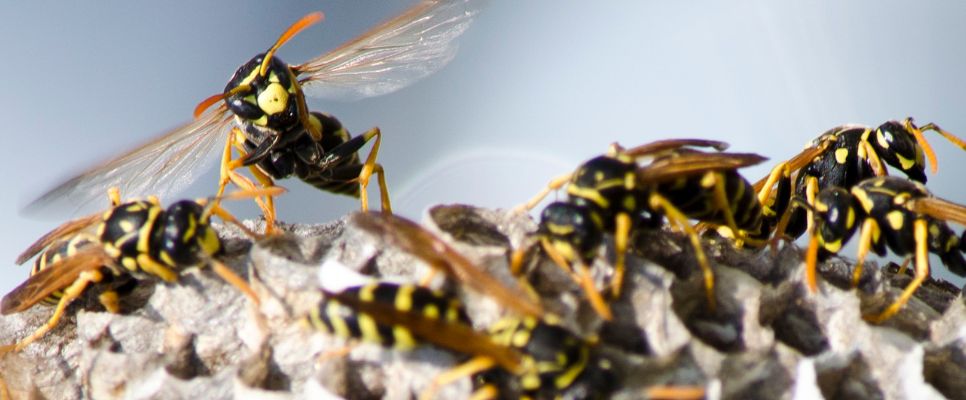
When to Call a Wasp Removal Professional?
While many homeowners successfully remove wasp nests on their own, there are times when it’s best to call a professional:
- Large Nests: However if the nest is big, then additional equipment and a high level of safety precautions can be called for while handling the extraction.
- Multiple Nests: The signs or evidence to determine that there are multiple nests on your property include where you find more than one nest it is advisable to seek the service of a professional exterminator.
- Difficult-to-Reach Locations: Sometimes nests are placed in elevated or inaccessible positions and the removal might be very risky if one has no special equipment for getting to where the nest is.
- Allergic Reactions: If someone in your home is allergic to wasp stings it is advisable to call in the pest control agent.
Conclusion
Getting rid of wasps in your Australian home is something you don’t have to worry about doing on your own. It is therefore important to understand how and where they nest, how you can protect yourself, and how you can eliminate them. Do not forget that you should evaluate the risk level, determine when and how the population is going to be controlled, and how to avoid getting a similar issue in the future. If in doubt please do not hesitate to seek help from a professional pest control service provider. As mentioned above, it’s easier to ensure that you don’t have wasps invading your home by following the simple steps outlined above.




